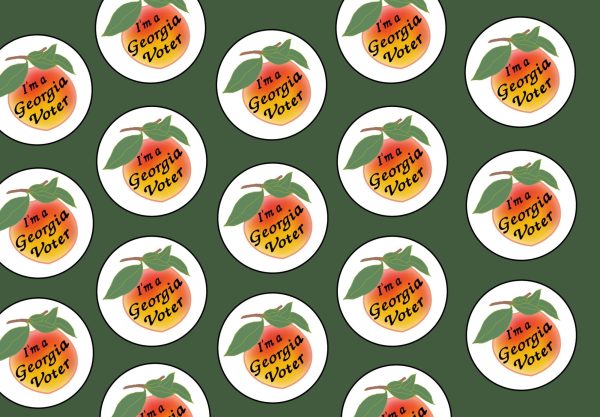Curling should be reconsidered as Olympic sport
By Maura O’Sullivan
Tug-of-war. Tandem bicycle sprints. Croquet. Live pigeon shooting. What do they have in common? They’ve all been Olympic events. And they’ve all been removed from the games as they became less relevant. The Olympics have a rich history of oddities. However, curling is one oddity the Games could do without.
Since 1924, curling has bored audiences on a global level. In my family and social circle, it’s viewed as a bit of a joke. With its slow pace, limited fan base, and minimal physical standards, curling is better suited to a hobby rather than an Olympic sport. The Olympics are fundamentally rooted in global cooperation and countries coming together, but according to Douglas Coffin, former owner of the Belfast Curling Club, 1.3 million of the 1.5 million curlers worldwide are Canadian. While Canada is known for its zealous participation in the Winter Olympics, it’s unfair to expect the rest of the world to watch a sport so drastically country-specific. One of the criteria for Olympic events is an increase in “value and appeal” of the Games. Does a sport where 87 percent of players are from one country have a place in an international competition?
“But wait,” you cry, your Canadian flag billowing, “basketball is an American sport! Why should they get a pass?”
True, basketball has strong ties with the United States, but leagues are active worldwide. FIBA EuroBasket and FIBA AfroBasket are just two of the scores of internationally celebrated tournaments. Countless amounts of American basketball players have gone to play in Europe. Curlers don’t migrate nearly as often.
Worldwide, curlers almost always have day jobs; Brett Singer of The Daily Beast was unable to find any full time curlers. Even at the Olympic level, curlers don’t spend their days training. Denmark’s 2014 Olympic Women’s skip, Lene Nielsen, works as a risk analyst in Copenhagen. Olympic athletes are known for their drive and dedication. In gymnastics and figure skating, competitors spend hours on end every day training, and many begin before they reach double digits. If curling can be played at such a high level so easily, it may not require the athleticism expected of an Olympic event.
Even science backs me on this. According to “Calories burned in 30 minutes for people of three different weights,” a report released by Harvard Health Publishing, curling for half an hour uses the same amount of energy as half an hour of planting seedlings. At two hours a bonspiel (curling jargon for a match) and five hours each day, Olympic Curling is neither engaging nor compelling.
Like its various short-lived predecessors, curling is an unnecessary addition to the Winter Olympics. Its appeal is minimal outside of Canada, a contradiction to the official criteria for events. The level of exertion required is roughly as much as planting seedlings. As the Winter Games in Pyeongchang come closer, it’s time to come up with a better conclusion sentence.






